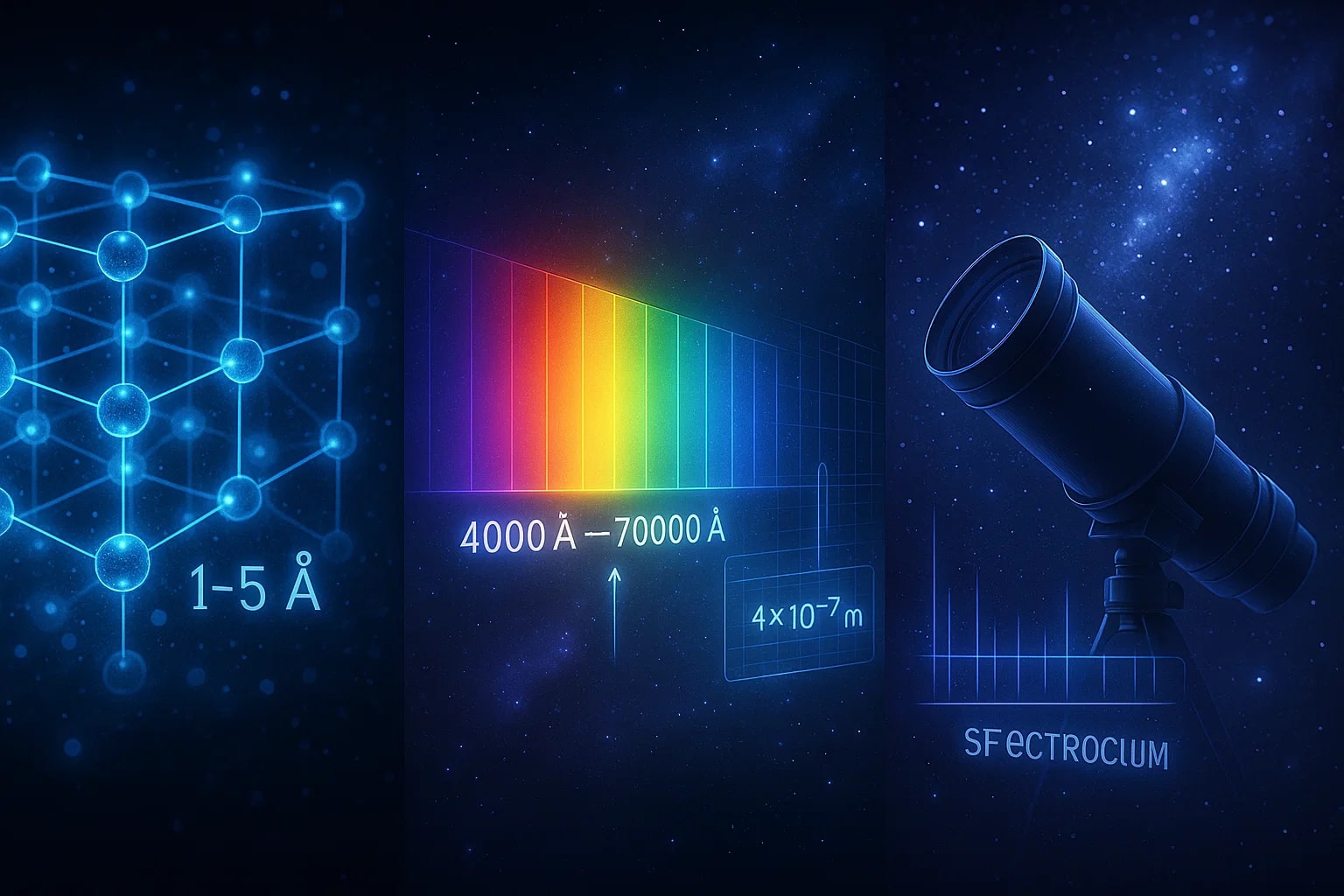meter to angstrom – How to convert m to Å
The conversion from meter to angstrom demonstrates how the metric system spans from everyday distances down to the atomic scale. The meter is the SI base unit used worldwide, while the angstrom (Å) is common in atomic physics, chemistry, and crystallography to describe incredibly small structures. Learning how to convert m to Å helps bridge visible scales with the microscopic world.

What is a Meter (m)?
The meter is the SI base unit of length, defined by the distance light travels in 1/299,792,458 of a second. It is used universally in science, trade, construction, and daily life.
What is an Angstrom (Å)?
An angstrom equals one ten-billionth of a meter:
1 Å = 10⁻¹⁰ m.
It is often used to express atomic and molecular sizes, crystal lattice spacings, and light wavelengths in physics and chemistry.
How to Convert m to Å
The formula is:
angstrom = meter × 10,000,000,000
For example, let’s convert 2 × 10⁻⁹ m into angstroms:
angstrom = 2 × 10⁻⁹ × 10,000,000,000 = 20 Å
So, 2 nanometers = 20 Å.
For further conversions, you can try the Length Converter or explore more in the Conversion Tools.
Do you know?
-
The angstrom is named after Swedish physicist Anders Jonas Ångström, a pioneer in spectroscopy.
-
The diameter of a hydrogen atom is about 1 Å.
-
Visible light has wavelengths ranging from about 4000 Å (violet) to 7000 Å (red).
-
Although not an SI unit, the angstrom is still widely used in physics, chemistry, and biology.
From Atoms to Light
The angstrom has long been the preferred unit in crystallography and spectroscopy. For example, when scientists measure the spacing between atoms in a crystal, values often fall between 1 Å and 5 Å. Similarly, light wavelengths, crucial in optics and astrophysics, are often recorded in angstroms for clarity.
By converting meters into angstroms, researchers can translate everyday SI measurements into terms better suited for describing atomic and subatomic structures.

Bridging the Visible and the Invisible
The conversion from meter to angstrom highlights how a single measurement system spans the largest and smallest scales. While the meter works for construction and navigation, the angstrom captures the invisible details of atoms, molecules, and light.
Using this simple formula, you can connect human-scale measurements with the atomic structures that shape the universe.

